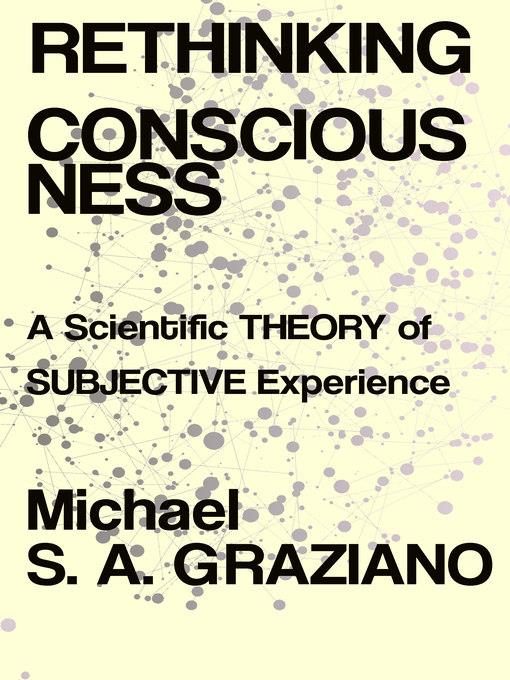
Rethinking Consciousness
A Scientific Theory of Subjective Experience
کتاب های مرتبط
- اطلاعات
- نقد و بررسی
- دیدگاه کاربران
نقد و بررسی

July 22, 2019
Graziano (The Spaces Between Us), a Princeton psychology and neuroscience professor, lays out a “promising theory of consciousness... that can apply equally to biological brains and artificial machines” in an educating and entertaining treatise aimed squarely at general readers. He posits what he terms the “attention schema theory” as the explanation for the rise of consciousness. At its core is the distinction between “overt” and “covert” attention. The former is what all animals do—pay attention to the world around them—while the latter, present only in conscious organisms, entails the ability to focus on ideas rather than simply on sensory input. Graziano provides an evolutionary context for the origin of covert attention and offers meaningful comparison with other hypotheses advanced to explain the basis of consciousness. Covert attention, as he describes it, serves as the “foundation for social cognition,” which, in turn, is responsible for human interaction. While still intriguing, Graziano is at his weakest in his final chapter, where he discusses the possibility, likely far in the future, of uploading human minds into machines. Nonetheless, he has produced an exciting example of how to present complex scientific topics for the general public.

July 15, 2019
Graziano (Psychology and Neuroscience/Princeton Univ.; The Spaces Between Us: A Story of Neuroscience, Evolution, and Human Nature, 2018, etc.) continues to probe the mysteries of consciousness. Explaining how our physical brain generates consciousness is officially labeled the "hard problem," and readers of this admirable attempt to solve it will not disagree. A thermostat registers temperature; a computer can evaluate information and make decisions. The assembly of neurons in the brain does the same, and neuroscientists are working out the mechanism. However, brains not only do stuff; their possessors also know that they are doing stuff. They are having mental experiences. Brain cells detect color, but how do we experience redness? "A modern computer can process a visual image," writes the author, "but engineers have not yet solved how to make the computer conscious of that information." Although their numbers are diminishing, some scholars insist that something as amorphous as consciousness can never be explained scientifically. Graziano points out that plenty of theories exist, including one he favors, which "can apply equally to biological brains and artificial machines." He opts for what he calls the attention schema, which emphasizes that the brain is an information-processing machine that generates a conscious experience but has no way to relate this to reality. As a result, we construct a rich internal model that we consult to assure us that our perceptions are correct. We also use this model to predict the behavior of others--i.e., social cognition. It works pretty well but not perfectly. Graziano also provides an excellent history of brain evolution beginning with the first nerve cell 700 million years ago. Since consciousness is complex--but not confined to humans; other animals have it--understanding it requires a knowledge of brain function. The author delivers a lucid account, but once he focuses on his specialty, few readers will doubt that the phrase "hard problem" is no exaggeration. A fine popular introduction to the brain and an earnest if difficult attempt to explain how it generates consciousness.
COPYRIGHT(2019) Kirkus Reviews, ALL RIGHTS RESERVED.

























دیدگاه کاربران